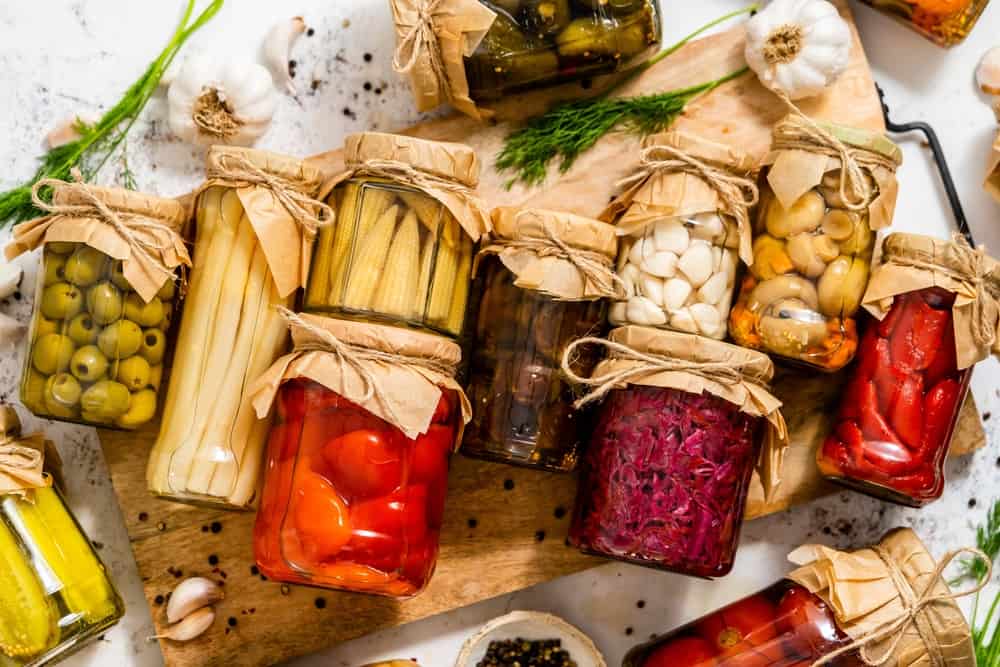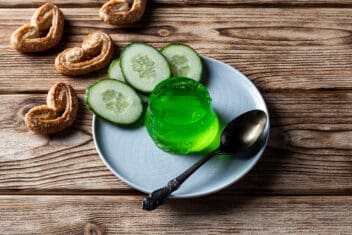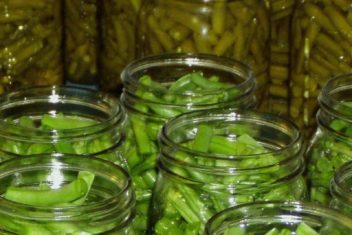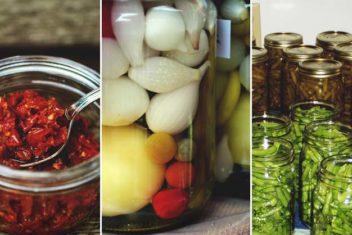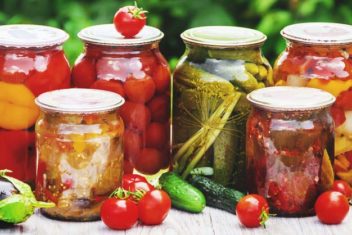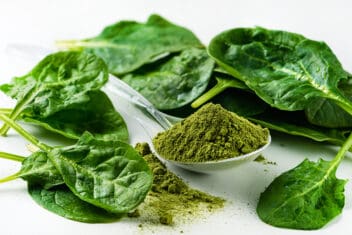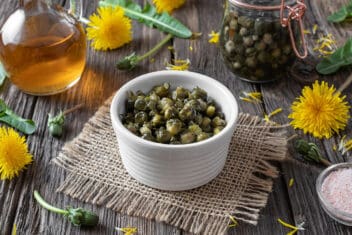The canning season isn’t just a single season – depending on where you are and what you like to preserve, it can be a year-long venture. In the spring in the northeast, I can maple syrup and pickled eggs. Later, we move on to radishes, violet jelly, and floral syrups.
By the time high summer rolls around, the early season abundance will be safely on shelves. Then I can focus on zucchini, cucumbers, tomatoes, and other summertime specialties.
While I’m a pretty effective preserver, there’s always something new to learn. I discovered that water bath and pressure canning aren’t the only ways to can food. I stumbled on some information about atmospheric steam canning and it has changed my canning game.
What Is Atmospheric Steam Canning?
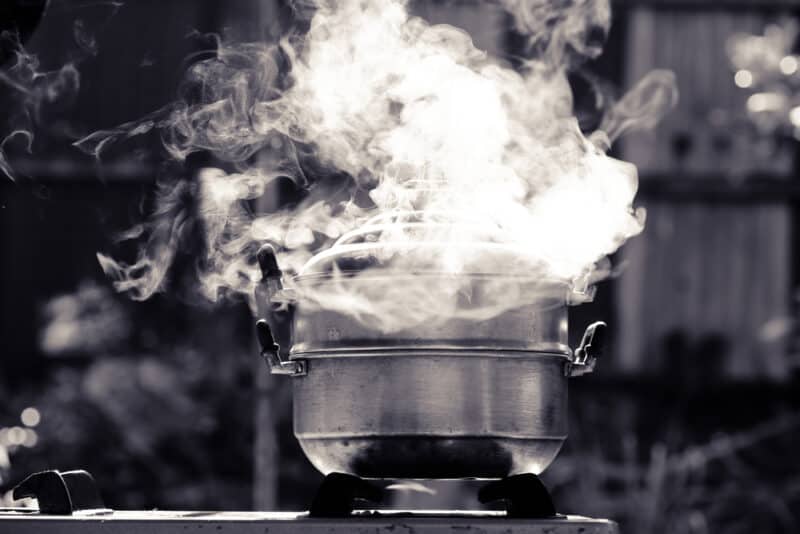
If you’re anything like me, you learned to can from your mother and grandmother. Most of your canning is done in a boiling water bath, where you process high-acid foods like pickles, relishes, jellies, and jams.
You may also do some pressure canning, but you probably spend most of your time pickling and preserving.
Atmospheric steam canning isn’t as popular as its equivalent, boiling water bath canning. That’s because, for many years, there wasn’t enough research for the USDA to recommend this method confidently. But, with new research proving the safety and effectiveness of steam canning, it’s starting to take off.
Using a steam canner, preservers can safely process high-acid foods using less water than they would need to water bath can. With only a small amount of water to boil, steam canning doesn’t take as long to get going. Shallow water takes less time to boil than a big pot of water.
The prepared jars sit on a rack above the water, and as the water boils, the hot steam seals them, just as the boiling water does in a boiling water bath pot.
In short, a steam canner can process jars using less energy because it uses less water and requires less time to reach safe processing temperatures.
Since steam canners process jars for the same amount of time as water bath canners do, you can use the same recipes and manage to complete your canning in less time.
If you have a steam canner, it may help streamline your canning – making the whole process quicker and more efficient.
But, there’s still some uncertainty surrounding steam canners. Food safety experts encourage us to avoid using the recipes that come with the steam canner. Recipes provided by steam canner manufacturers haven’t been proven safe yet, so use them at your own risk.
How to Use a Steam Canner
You can’t just steam can by underfilling your boiling water canning pot. While the jars may seal, there’s no certainty they’ll be safely processed. To steam can, you need a specially designed steam canner. There are also ‘”multi canners” on the market – pots that can be used either as steam or boiling water canners.
Steam canners are designed to hold in the steam and create a hot, purely steam-filled environment. The pure steam will heat the inside of the canning pot to 212°F. That heat gives a steam canner the same sterilizing power as a boiling water bath.
To create the pure steam environment, it’s essential to vent out all the non-steam air before the processing time begins.
Step By Step Steam Canning
Start by following the instructions on your steam canning pot. Most steam canners require about two quarts of water in the bottom of the pot. You can preheat this water, but because such a shallow amount of water heats up relatively quickly, you don’t have to preheat.
Preheating the canning pot will help keep your jars of food hot as they wait for the processing to begin.
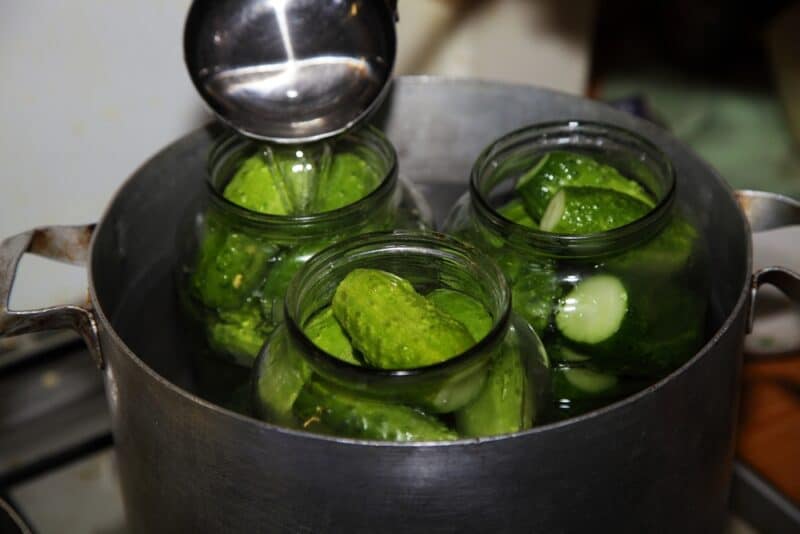
Preheat sterilized jars and fill them with either hot liquid (for raw packed food) or hot pack foods. Make sure to follow all your usual safe canning practices, like keeping the rim of the jar free of food. Pack the jars quickly and screw on sterilized lids. Don’t give the jars too much time to sit before processing them; we don’t want the food inside to cool off.
Remember, only steam can foods that can be safely water bath canned. Don’t try canning low-acid vegetables, meats, or seafood in your steam canner. Those foods can only be safely processed in a pressure canner.
Processing the Jars
Load the jars into the canner’s rack. Some canners have better racks than others. If you notice that the rack that came with your pot is rickety or unstable, try replacing it with a better one. The Presto rack from the Presto pressure canner fits into most (but not all) steam canners. It won’t hurt the canning process to switch in a more stable rack.
With the jars in place, close the lid on your canner and turn up the heat. It can take up to 10-15 minutes to get the water boiling, depending on your stove, the amount of water in the canner, and whether you preheated or not.
When the water is boiling, release the vent to allow all the air that isn’t steam to escape. This is essential to maintain a temperature of 212°F in the canner. The temperature has to stay at 212°F or above the whole processing time.
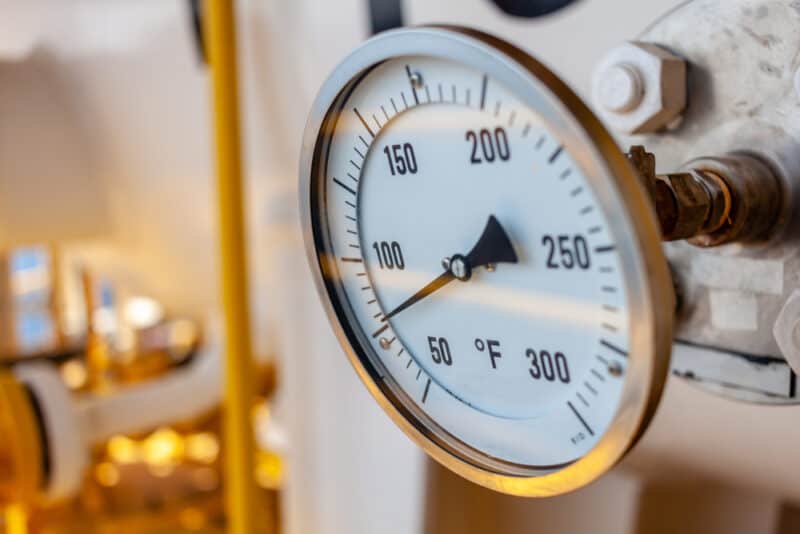
Some steam canners come with thermometers. If your canner doesn’t come with one, carefully insert the prong of a kitchen thermometer into the vent hole to monitor the temperature.
Process your jars for the same length of time you would if you were using a boiling water bath canner. After processing, turn off the heat, carefully remove the lid, and let the jars sit for 5 minutes before taking them out of the pot.
Cooling the Jars
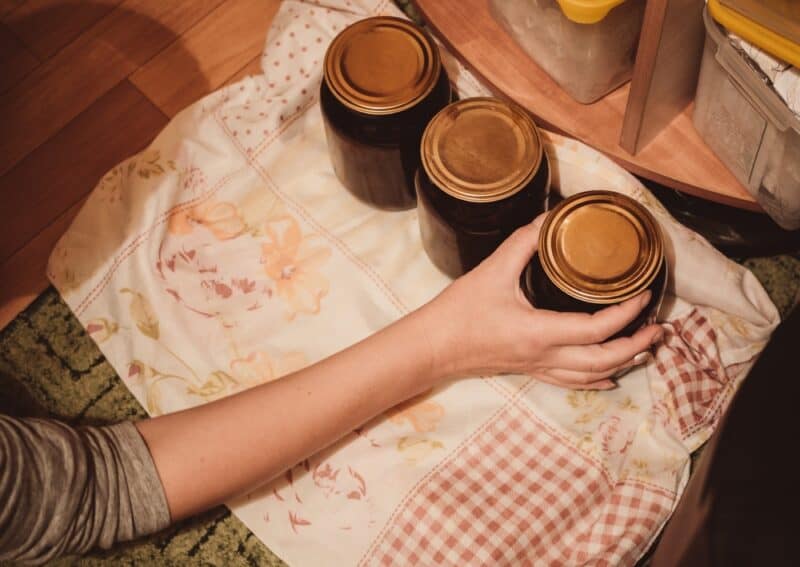
Set your processed jars on a towel or rack to cool slowly. Keep them away from drafts and don’t try to cool them down too quickly. A slow cooling period not only prevents cracking but also helps to kill the pathogens more completely.
I like to cover my jars with a towel as they cool. It will probably take them about 12-24 hours to cool down completely to room temperature. After that, make sure they’re all sealed, label, and store them for future use.
That’s it! If you’re used to canning in a boiling water bath, you’ll notice that this is a very similar process.
Benefits of Steam Canning
With increased fuel costs and unpredictable weather patterns, it’s good to have a canning option that uses less fuel and water. Atmospheric steam canning can give us the results of water bath canning while using fewer resources.
Depending on how long your stove takes to boil a couple of gallons of water, steam canning could save you 10-30 minutes of processing time. And if your well is running low, or you’re just trying to conserve water, steam canning can reduce the water you use by over half.
A steam canner is much more manageable if you’re not up to lifting heavy pots. Two or more gallons of water is at least 20 lbs, while just a couple of quarts is decidedly easier on tired backs.
Steam Canning Drawbacks
But steam canning isn’t perfect. The biggest drawback is, of course, that you have to buy a new canning pot. While multi-use steam canners can be used as water bath canning pots, you can’t just retrofit your water bath pot.
If you are going to try steam canning, try to find one of the multi-use pots and then pack away your old canning pot. It’s worth finding a better version of the steam canner and saving pantry space.
Steam canners are also only recommended for processing times under 45 minutes. This is because – depending on the model – there’s a good chance all the water will boil away by the 45-minute mark, leaving you without any steam to can with.
Many people say that their steam canners have worked well processing over 45 minutes, but because every model is different, it’s important to be careful and see what your canner is capable of before going outside the guidelines.
I personally feel like steam canning requires a little more attention. If you tend to be careless – multi-tasking while canning – this might not be the method for you. Though all canning requires attention, I never worry about running out of water in a water bath.
Because steam canning is growing in popularity again after being recommended against for the past 40 years (due to lack of research), it feels very new and uncertain. But in reality, steam canning isn’t much different from water bath canning. Both process jars in 212°F H2O.
Flat Top Stoves
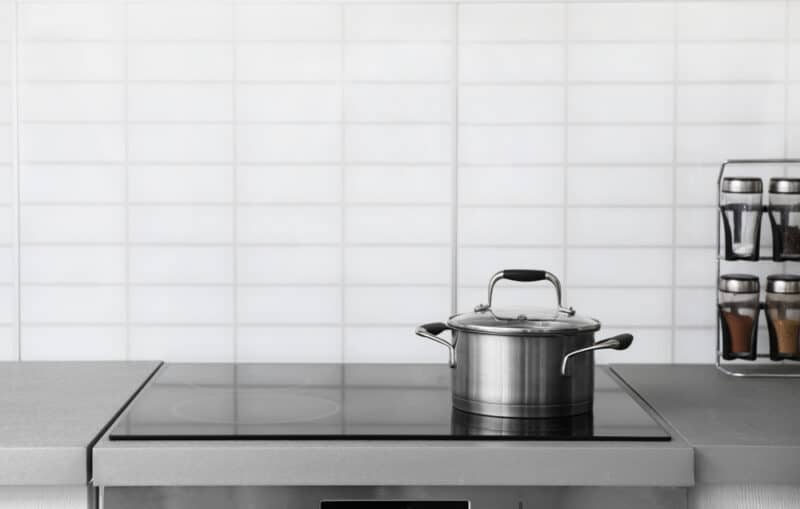
You should get a flat-bottomed canning pot if you have a flat-top stove. Whether using a steam, water bath, or pressure canner – wavy bottomed canning pots don’t perform as well on flat-top stoves. So keep that in mind while shopping for a new steam canner.
Altitude
If you live at a high altitude, and can, you already know that you need to adjust processing time for your altitude. Steam canners are no exception to this rule. Use the same adjustments in your steam canner that you use in water bath canning.
